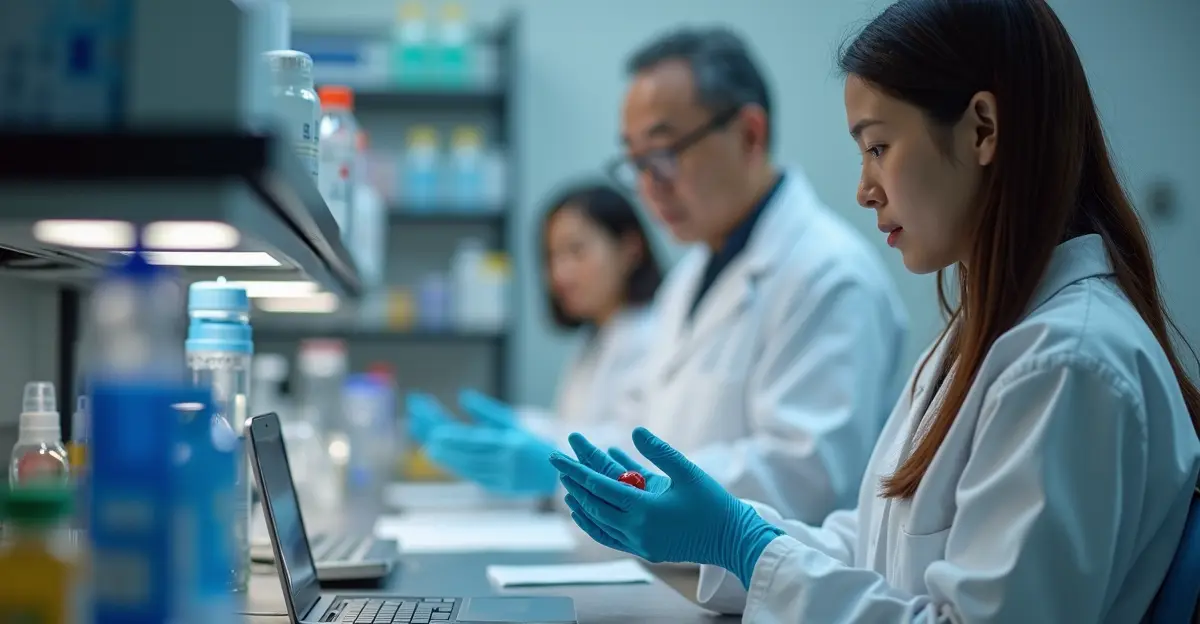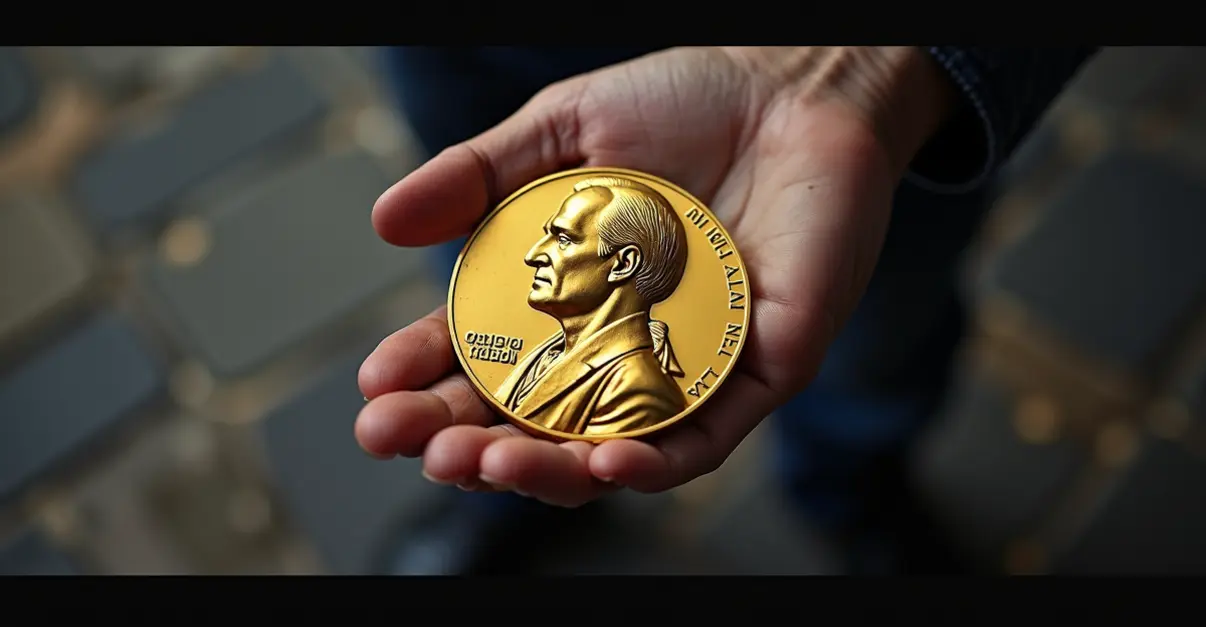Mary Brunkow, Fred Ramsdell, and Shimon Sakaguchi win 2025 Nobel Medicine Prize for discovering regulatory T cells that prevent autoimmune diseases. Their work on immune system 'security guards' opens new treatment pathways.

Three Scientists Honored for Revolutionary Immune System Discovery
The 2025 Nobel Prize in Physiology or Medicine has been awarded to Mary E. Brunkow, Fred Ramsdell, and Shimon Sakaguchi for their groundbreaking discoveries concerning peripheral immune tolerance. The trio's research has fundamentally changed our understanding of how the immune system prevents itself from attacking the body's own tissues, opening new pathways for treating autoimmune diseases and cancer.
The Security Guards of Our Immune System
Shimon Sakaguchi's pioneering work in the 1990s first identified what he called 'security guard' cells - now known as regulatory T cells (T-regs). These specialized cells act as peacekeepers within our immune system, preventing overactive immune responses that could lead to autoimmune conditions like multiple sclerosis, type 1 diabetes, and rheumatoid arthritis. 'These cells are like security guards that calm other immune cells and keep them in line,' explained the Nobel Committee in their announcement.
The discovery was initially met with skepticism, as the prevailing scientific wisdom held that immune tolerance was controlled primarily by the thymus gland. Sakaguchi's research demonstrated that peripheral mechanisms outside the thymus played a crucial role in maintaining immune balance.
The Genetic Breakthrough
Mary Brunkow and Fred Ramsdell made the critical connection when they discovered mutations in the FOXP3 gene that caused severe autoimmune disorders in mice. Their genetic research revealed that when this gene was defective, the 'security guard' cells stopped functioning properly, leading to autoimmune attacks on healthy tissues.
'Today you can analyze a mouse's DNA in a few days to find a mutated gene, but in the 1990s it was like looking for a needle in a haystack,' the Nobel Committee described their painstaking work. 'They had to examine gene after gene, and only at the twentieth one was it bingo.'
This discovery connected Sakaguchi's cellular findings with the genetic basis of immune regulation, creating a comprehensive understanding of how our bodies prevent autoimmune diseases.
Transforming Medical Treatments
The implications of this research are already being felt in clinical medicine. Treatments based on these principles are currently being tested for autoimmune diseases, where boosting regulatory T cell activity could prevent harmful immune responses. Conversely, in cancer treatment, researchers are exploring ways to temporarily disable these 'security guards' to allow the immune system to attack tumors more effectively.
The discoveries also have significant implications for organ transplantation. By growing additional regulatory T cells, doctors may be able to prevent transplant rejection without the need for heavy immunosuppressive drugs that leave patients vulnerable to infections.
Dr. Sakaguchi, who was reached in his laboratory during the announcement, expressed his gratitude. 'I got him in his lab and he sounded very thankful,' said the Nobel Committee spokesperson. 'He called it an enormous honor.'
The three laureates will share the prize money of 11 million Swedish kronor (approximately 1 million euros). The Nobel Prize in Medicine traditionally kicks off Nobel Week, with prizes in Physics, Chemistry, Literature, Peace, and Economics to follow in the coming days.
For more detailed information about the Nobel Prize and its history, visit the official Nobel Prize website.

 Nederlands
Nederlands
 English
English
 Deutsch
Deutsch
 Français
Français
 Español
Español
 Português
Português









